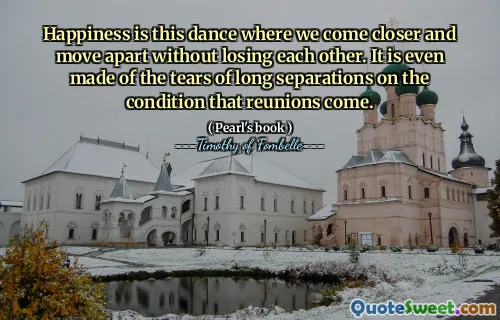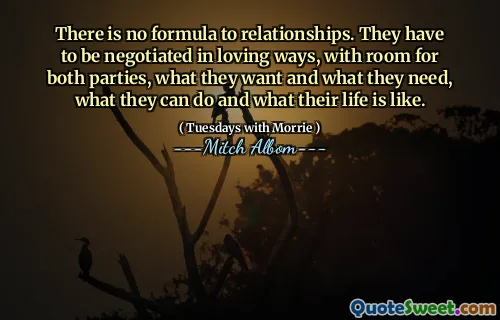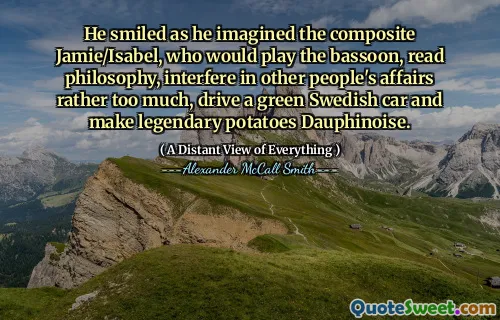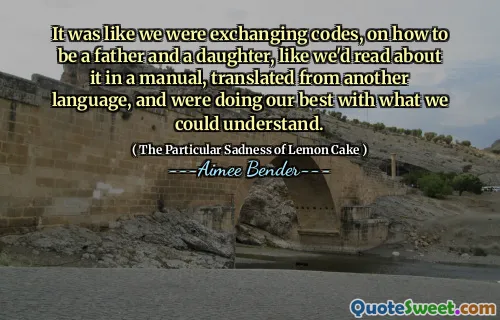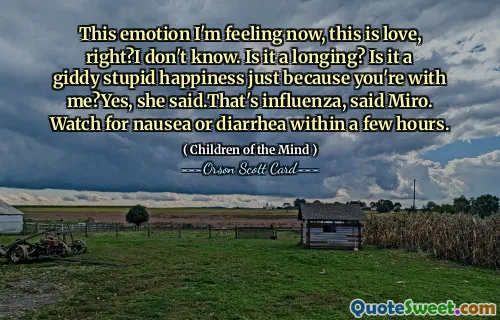
Happiness is this dance where we come closer and move apart without losing each other. It is even made of the tears of long separations on the condition that reunions come.
This quote elegantly captures the delicate dynamics of human relationships and the nature of happiness as not a constant or static state but as a dance—a balance between proximity and distance. It speaks to the idea that true happiness involves navigating the complex rhythms of connection and separation without losing our bond or sense of self. The metaphor of a dance suggests fluidity and grace in how we handle the inevitable ups and downs in life and relationships. Moreover, it acknowledges an important truth: that pain, symbolized by tears and long separations, is not antithetical to happiness but a vital part of its fabric, giving depth and meaning to moments of reunion. The anticipation of coming back together, the reunions, infuses suffering with hope and transforms distance into a source of longing that enriches connection. This perspective encourages acceptance of life's fluctuating experiences, rather than resistance to them, recognizing that happiness is often sustained by the ability to endure separation and embrace return. Timing, patience, and trust become essential qualities, guiding us through the dance. By reframing happiness in this manner, the quote invites reflection on how we handle change, maintain bonds, and find joy even amid hardship. It also highlights the resilience of relationships and the essential interconnectedness between joy and sorrow. Ultimately, it suggests that happiness is less about permanence and more about the continuous movement and interplay between connection and independence, sorrow and joy, separation and reunion. --( Pearl's book )-- ---Timothy of Fombelle---
